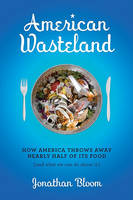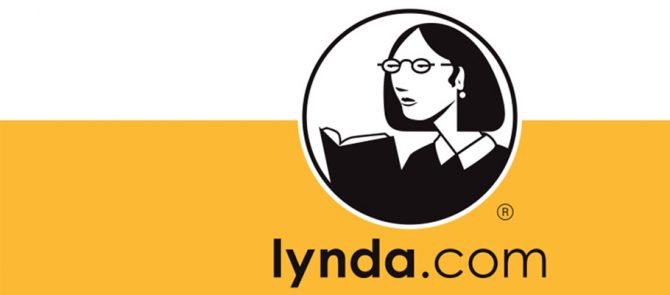As the dust settles on Tech Week 2018, which was brilliantly opened in appropriate fashion by our prime minister appearing as a hologram, I thought I’d report back on the Smart Cities Expo, which was held in Christchurch last Monday. This was an opportunity for Christchurch City Council, and their commercial partners, to demonstrate some of the new technology they, and other cities around New Zealand, are using to increase their efficiency and provide better services to their citizens, while keeping costs as low as possible.
The smart city concept is essentially made up of three parts; (1) collection of data – often enormous amounts of it – about some aspect of the quality of the urban environment, or how the city is being used, (2) number crunching and visualization – often on maps – to make sense of all this information, and (3) using the results to make changes that improve the functioning of the city and enhance its citizens’ wellbeing.
 Easy to say, but hard to do! To take a simple example; sensors inside rubbish bins could be used to tell refuse collectors whether they need emptying, so that needless trips can be avoided, and resources can be deployed more effectively. To take this idea to its extreme, we can imagine a day when most of the things we own are collecting and sharing data that is used to improve the overall efficiency of the vast interconnected system to which they belong, to all our benefits. This has sometimes been called the Internet of Things (IoT) – a phrase that was ubiquitous throughout the Expo.
Easy to say, but hard to do! To take a simple example; sensors inside rubbish bins could be used to tell refuse collectors whether they need emptying, so that needless trips can be avoided, and resources can be deployed more effectively. To take this idea to its extreme, we can imagine a day when most of the things we own are collecting and sharing data that is used to improve the overall efficiency of the vast interconnected system to which they belong, to all our benefits. This has sometimes been called the Internet of Things (IoT) – a phrase that was ubiquitous throughout the Expo.
The focus of the Expo was mostly on technology, but there are, of course, significant social, legal, and ethical issues to be considered. For Smart Cities to work, we must be happy for these data to be collected, shared, and used for this purpose. We also need to be sure that the data are secure. Imagine the chaos that might ensue if someone was able to hack into the systems that run our city. Nevertheless, the feeling at the Expo was, as one might expect, optimistic that these challenges can be met, and there was even some talk of making data open access, available to everyone (suitably anonymized, of course) to empower all citizens to use it themselves in whatever way they see fit. In fact, a lot of data collected by government (both local and central) are already available, if you know where to look and how to make sense of it. For example, freely available data from the last year’s general election were used to make an interactive map of how party votes were distributed across different polling stations.
Many of the exhibits at the Expo focused on the first part of this triangle. There were devices for detecting and sensing all manner of things such as traffic, pollution, noise, vibration, etc. etc., to name just a few – the list is endless. In most cases, the data being collected are objective and easily quantifiable, but one particularly interesting application comes from a tool called Sensibel, which enables cyclists to record their subjective experiences as they cycle around the city. They can record a thumbs-up or thumbs-down at any point on their journey by pressing a button attached to their bike.
Using GPS, this records the location where it was pressed so that later on they can log in and give a lengthier explanation of what made them feel the way they did. As they do so they are presented with a view of the street where they were to jog their memory. Data collected in this way can be used to make improvements that will hopefully make cycling in the city a much more enjoyable experience, perhaps increasing the number of people prepared to ditch their cars and switch to a bike. The possibilities for using real-time data about personal experiences to make changes that will enrich our lives seem almost limitless, as long as we are prepared to share that information.
The second part of the triangle – data analysis – is harder, but again there were lots of fascinating exhibits demonstrating that rapid improvements are being made in this area. Perhaps the hardest thing of all is to translate all of this into meaningful actions – either short-term responses, medium-term policy development, or longer-term strategic directions.
It’s still early days for the Smart Cities approach, and there is much more progress to be made, but one thing is for sure, our data are increasingly going to inform how our city is run, so to be fully engaged we all need to be a bit more aware of how our data are collected and used. There has been a slew of excellent popular books about the uses and abuses of what is sometimes called “big data” published recently. Why not check some of these out of the library and explore what our future city might look like? Here are a few places you might like to start…
Big data
Books about the uses and abuses of “big data” and statistics. A toolkit for life in the digital age.
 Automating Inequality – Argues that the use of data mining, policy algorithms, and predictive risk modelling by governments and law enforcement agencies selectively disadvantages the poor, reinforcing existing power relationships and inequality in society.
Automating Inequality – Argues that the use of data mining, policy algorithms, and predictive risk modelling by governments and law enforcement agencies selectively disadvantages the poor, reinforcing existing power relationships and inequality in society.
The Efficiency Paradox – Questions whether, in our relentless pursuit of efficiency, we may as a society be missing opportunities to benefit from “the powerful potential of serendipity”.
 Human + Machine – Explores the many ways – good and bad – that Artificial Intelligence (AI) is transforming the workplace.
Human + Machine – Explores the many ways – good and bad – that Artificial Intelligence (AI) is transforming the workplace.
Randomistas – Looks at how randomised controlled trials are increasingly being used outside their traditional home of medical science in areas as diverse as social policy, politics, business, and law enforcement.
Find out more about Christchurch City Council’s Smart City Programme
 Christchurch City Libraries blog hosts a series of regular podcasts from specialist human rights radio show Speak up – Kōrerotia. This show is created by
Christchurch City Libraries blog hosts a series of regular podcasts from specialist human rights radio show Speak up – Kōrerotia. This show is created by 







































![View Good housekeeping: [U.S. edition] at RBdigital Magazines Cover image](https://cor-liv-cdn-static.bibliocommons.com/image_proxy?url=http://librarydata.christchurch.org.nz/html/covers/RBZ0000420-x17.jpg)












































